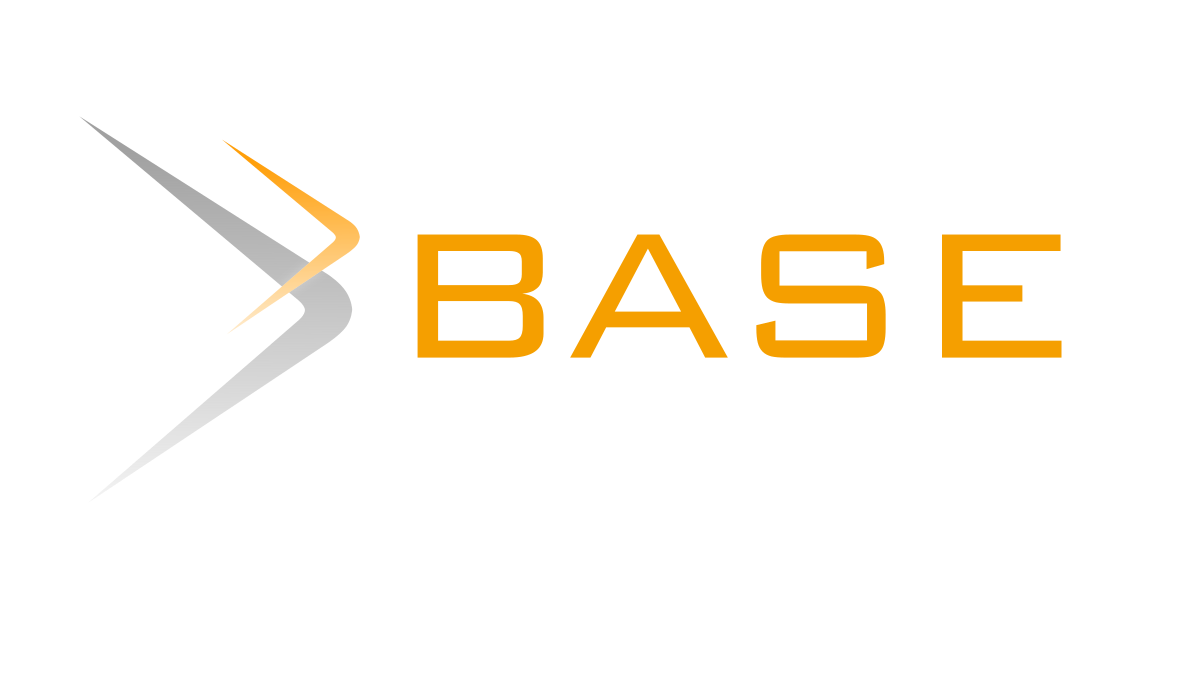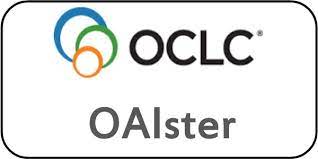A Study to Evaluate the Efficacy and Safety of a Herbal Preparation for Burn Wounds
Keywords:
Burn wounds,, total body surface area, herbal sprayAbstract
Background: Burn is a common medico-surgical problem all over the world, most devastating of all wounds, and imposes
a serious burden on physical, mental and socioeconomic conditions of the victim. Rapid and effective treatment of burnt
skin is vital to hasten wound closure and healing. The process of burn wound healing is divided into four consecutive and
overlapping phases: hemostasis, inflammation, proliferation and remodelling. Local treatment of burn wounds includes
cleansing, debridement and burn wound dressing, typically incorporating topical antimicrobial agents; however, there is
no consensus on which agent or dressing is optimal for burn wound coverage to prevent or control infection or to enhance
wound healing. Various silver preparations (monocrystalline and slow release) are the mainstay of many approaches but
antimicrobial peptides, topical photodynamic therapy, chitosan preparations, new iodine delivery formulations, phage
therapy and natural products, such as honey and essential oils, have all been tested. The continuous increase in antibiotic
resistance, besides the high susceptibility of burn wounds to infection, and the difficulty of systemically administered
antibiotics to reach the damaged tissue, have all made the development of new topical antimicrobials for burn infections a
potential area of innovation for researchers. Use of medicinal plants for dressing wounds has been described by traditional
medicine. Objectives: The purpose of this study was to evaluate the efficacy and safety of a herbal preparation in patients
with burns in a prospective, noncomparative, open-label and single-center study design. The study population comprised
of patients aged 18 years and above suffering from superficial and deep burns involving up to 30% total body surface area.
Methods: After written informed consent and evaluation of inclusion/exclusion criteria, subjects were treated for 14 days.
Efficacy assessments included wound epithelialization, wound microbiology, blood leukocyte counts and safety assessments
included pain score and adverse events. Results: Over a period of 5 months, 26 patients, mainly between 20 and 30 years,
and with female predominance, were enrolled in the study. At the end of treatment, almost 74% of the subjects showed more
than 50% skin epithelialization. Approximately, 82.6% of patients had fall in blood leukocyte count. Wound colonization
showed Klebsiella and Pseudomonas in a decreasing trend from 39.1% on Day 7 to 8.7% on Day 14, remarkably less than
historical controls. All patients experienced burning pain after spraying the product which lasted for almost 15 minutes and
demonstrated decreasing intensity from Day 1 to 14. No local adverse events were found in the patients, with high patient
satisfaction. Conclusion: The herbal preparation was a very effective and safe treatment option in patients with superficial
and deep partial-thickness burns involving up to 30% total body surface area. It prevented wound infection and significantly
improved wound epithelialization
Downloads
Published
Issue
Section
License
All open access articles published in IJCP are distributed under the terms of the CC BY-NC 4.0 license (Creative Commons Attribution-Non-Commercial 4.0 International Public License). This license permits unrestricted use, distribution, and reproduction of the articles in any medium for non-commercial purposes, provided that: The original authorship is properly and fully attributed. The IJCP is cited as the original place of publication with correct citation details. If an original work is reproduced or disseminated in part or as a derivative work, this must be clearly indicated. No articles are reproduced for commercial use without prior consent from the IJCP. All licensing requests and permissions for commercial use will be managed by the Publisher.










